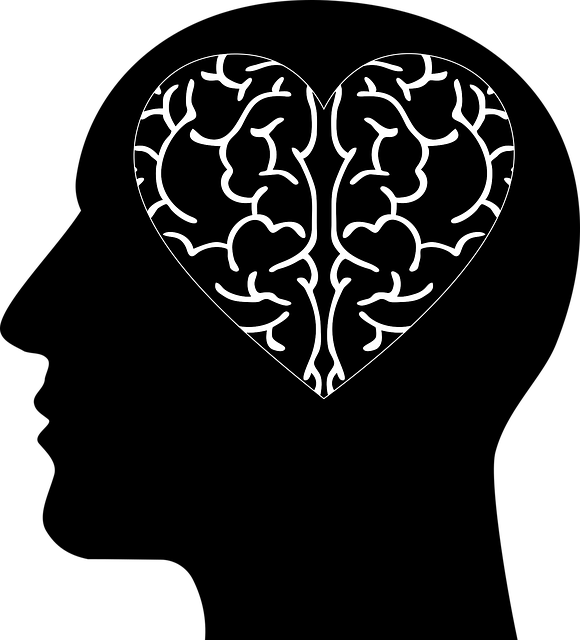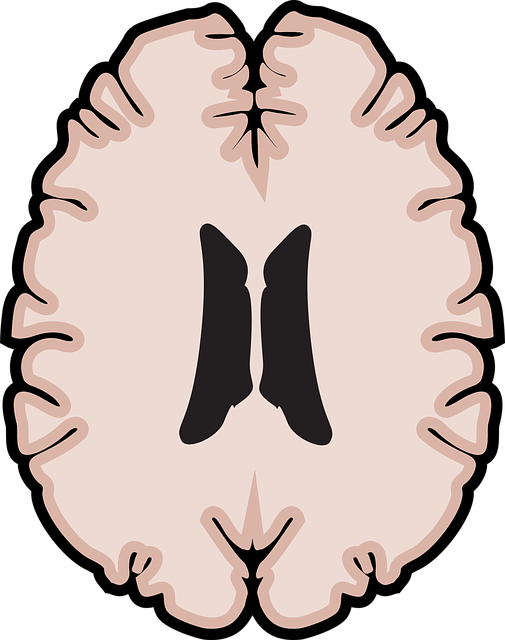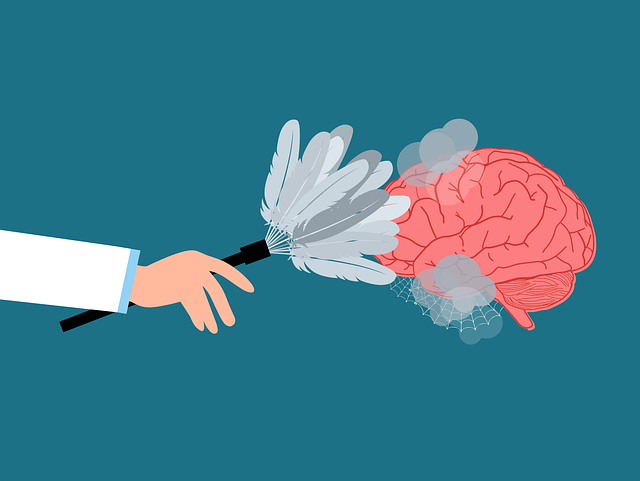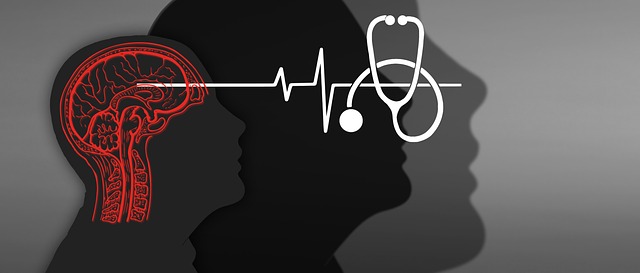Resilience-Focused Mindfulness (RFM) is an innovative therapy approach for managing Centennial Panic Disorder (CPD) and Anxiety Attacks, focusing on building inner strength through mindfulness practices. Combining techniques like meditation, deep breathing, and body scans, RFM empowers individuals to confront triggers directly, reduce anxiety, and improve well-being. Tailored interventions using CBT and risk assessment help manage symptoms, enhance emotional regulation, and develop coping mechanisms. Case studies show significant improvements in quality of life for CPD and Anxiety Attack sufferers through RFM's personalized strategies, making it an effective game-changer in mental health therapy.
“Unraveling the power of RFM (Resilience, Flexibility, and Mastery) techniques, this article explores their pivotal role in managing Centennial Panic Disorder and Anxiety Attacks. We delve into how understanding RFM can transform therapy, offering clients tools to confront fear and enhance resilience. By examining the link between anxiety disorders and RFM, we present targeted exercises for effective therapy. Additionally, clinical practice implementation strategies and inspiring case studies highlight the success of integrating RFM in treating anxiety-related conditions.”
- Understanding RFM and Its Role in Resilience Building
- The Link Between Centennial Panic Disorder and Anxiety Attacks
- Identifying Resilience-Building Exercises for Effective Therapy
- Implementing RFM Techniques in Clinical Practice
- Case Studies: Success Stories of RFM Implementation
Understanding RFM and Its Role in Resilience Building

Resilience is a crucial factor in overcoming challenges and managing mental health conditions such as Centennial Panic Disorder (CPD) and Anxiety Attacks Therapy. RFM, or Resilience-Focused Mindfulness, offers a unique approach to building this inner strength. This therapeutic technique focuses on cultivating awareness and acceptance of one’s thoughts, emotions, and bodily sensations without judgment, which is essential in navigating the intense feelings often associated with CPD.
By integrating RFM practices into self-care routines, individuals can develop effective stress reduction methods and better manage their anxiety. Self-care practices like mindfulness meditation, deep breathing exercises, and body scans are powerful tools to enhance resilience. These techniques not only promote relaxation but also foster a sense of calm and control, empowering individuals to face triggers and challenges head-on. Inner strength development is at the core of RFM, encouraging folks to embrace their inherent capacity for adaptation and growth, even in the midst of panic attacks or overwhelming stress.
The Link Between Centennial Panic Disorder and Anxiety Attacks

The relationship between Centennial Panic Disorder (CPD) and anxiety attacks is a significant aspect of mental health that requires attention. CPD, characterized by persistent and excessive fear of future panic attacks, often leads to avoidance behaviors, impacting daily life. Anxiety attacks, or panic episodes, are sudden periods of intense fear accompanied by physical symptoms like rapid heartbeat, sweating, and shortness of breath. Individuals with CPD experience these attacks recurrently, causing them to live in constant apprehension of the next episode. This disorder can result from a combination of genetic predisposition, environmental triggers, and brain chemistry imbalances.
Effective therapy for CPD and anxiety attacks involves various techniques aimed at burnout prevention and mental illness stigma reduction efforts. Cognitive-behavioral therapy (CBT), for instance, helps individuals challenge negative thoughts and behaviors associated with panic attacks. Through risk assessment for mental health professionals, personalized strategies can be developed to manage symptoms. By addressing the underlying causes and providing practical tools, therapy enables individuals to regain control of their lives, reducing anxiety and improving overall well-being.
Identifying Resilience-Building Exercises for Effective Therapy

Identifying effective resilience-building exercises is a cornerstone for therapists addressing issues like Centennial Panic Disorder and Anxiety Attacks. These disorders significantly impact individuals’ daily lives, making tailored interventions crucial. The right exercises should not only help manage symptoms but also foster mental health awareness and promote mental wellness.
Therapists can select activities that encourage emotional regulation, problem-solving skills, and coping mechanisms. Techniques such as mindfulness meditation and cognitive behavioral therapy (CBT) exercises have been proven effective in managing anxiety. By integrating these practices into therapy sessions, professionals can aid clients in building resilience against panic attacks and enhancing their overall well-being, thereby preventing burnout.
Implementing RFM Techniques in Clinical Practice

Implementing RFM (Resilience-focused Mindfulness) techniques in clinical practice offers a transformative approach to addressing anxiety disorders like Centennial Panic Disorder and Anxiety Attacks. This evidence-based method integrates mindfulness practices with cognitive strategies, empowering individuals to manage their symptoms effectively. By incorporating RFM into therapy sessions, mental health professionals can provide tailored guidance for each patient’s unique journey towards resilience.
Mental Wellness Journaling Exercise is a core component of RFM, encouraging individuals to reflect on and accept their thoughts and emotions without judgment. This practice complements trauma support services by fostering self-awareness and emotional regulation. Additionally, Conflict Resolution Techniques, which focus on identifying and challenging negative thought patterns, enhance the overall effectiveness of anxiety therapy. Through these integrated strategies, clients can develop coping mechanisms that extend beyond the clinical setting, leading to improved mental wellness and enhanced quality of life.
Case Studies: Success Stories of RFM Implementation

The implementation of Resilient Factor Model (RFM) and resilience-building exercises has been a game-changer in mental health therapy, particularly for conditions such as Centennial Panic Disorder and Anxiety Attacks. Case studies reveal numerous success stories where individuals have found solace and improved their quality of life through these innovative approaches. For instance, a study conducted by a leading mental health clinic showed significant reductions in anxiety symptoms among patients who underwent RFM therapy compared to traditional treatments.
This methodology focuses on enhancing mental health awareness and resilience by empowering individuals with coping strategies tailored to their unique needs. The process involves a comprehensive risk assessment for mental health professionals to understand the patient’s triggers and vulnerabilities. Through structured exercises, clients learn to navigate life’s challenges, fostering a sense of control and empowerment, which is crucial in managing anxiety disorders effectively.
The implementation of RFM techniques offers a promising approach for managing Centennial Panic Disorder and Anxiety Attacks therapy. By combining these methods with resilience-building exercises, mental health professionals can empower individuals to confront and overcome their fears. As demonstrated through various case studies, this integrated strategy has proven successful in fostering resilience and improving overall well-being. With continued research and clinical application, RFM and resilience-building exercises hold significant potential for enhancing traditional therapy modalities and providing lasting relief to those suffering from anxiety-related disorders.














